Permaculture - Soil components, part two: Humus (lesson 13)
Humus
Humus is an organic substance composed of plant and animal remains partially processed by microorganisms. The fertility of the soil depends on the content of humus. As a rule, the more of it in the soil, the better. There are some exceptions though, i.e. soil composed almost entirely of humus is too light to protect trees and larger shrubs from winds that could knock them down. Peat, which is humus formed due to oxygen deficiency, is ineffective too.
In natural soils, the humus content usually ranges from 2 to even 100%. In gardens, the perfect soil contains 40% humus (it is also the minimum amount of humus required to block the harmful effects of heavy metals. Important if they are present in too high concentrations), but 10-30% already guarantees good yields.
Humus perfectly retains water. Under natural conditions it acts like a sponge, swelling after rainfall and slightly falling on dry days, when the water space is replaced by air. It can absorb four to six times more water than clay or sand. It is easily penetrated by the roots, which favors its further aeration. Humus also perfectly stores nutrients.
In natural conditions, it is always on the top layer of soil. It builds up along with the decomposition of successive portions of litter and when digging deeper, it becomes partially lost.
Mulching is always highly recommended. Otherwise, a large proportion of the nitrogen in the humus can be lost due to over-oxidation (oxygen is needed to form humus, but in limited amounts. In nature, the soil is rarely uncovered).
Hummus content in the soil
There are several ways to calculate the humus content of the soil:
Take a soil sample and pour it into a jar of water. Allow all soil to settle down and form clear layers (this may take up to 20 days). From the thickness of the clay layer (see the picture) you can infer how much it is in the soil. That method you should already know from the previous lesson.
The amount of humus can also be briefly determined by observing the vegetation that occurs in larger clusters in a given place.
Plants that grow when the soil has a very low level of hummus:
Plants that grow when the soil has low level of hummus:
Plants that grow when the soil has average level of hummus:
Plants that grow when the soil has high level of hummus:
Plants that grow when the soil has very high level of hummus:
The more important humus-rich soils
Peat soils
composed almost only of moss humus, but very poor, formed due to oxygen deficiency and almost devoid of organic compounds. They occur in peat bogs, temporarily flooded with water. They can be used for fern seedlings or for plants that like marshy ground. The soil is usually not cohesive, spongy, and plump. It dries slowly, and if it is completely dry, it soaks very slowly again. Peat pieces can drift in the water for several days without being soaked. Due to its black color, it heats up very much and loses heat slowly.
You can try to improve them by creating raised beds, enriching them with lime and blood or bone meal
Forest soil
humus soil from deciduous (richer in minerals, also called leaf soil) or coniferous forests
Pure humus
Rather used as an additive to other soils than considered as soil. Although highly desirable in very high concentrations, it is not ideal. First of all, it is very plump and larger plants are not stable in it, they can easily fall over, they are susceptible to the effects of wind.
Heather soil
Contain humus mixed with sand, without lime. It is perfect as a substrate for the most delicate plants, or after sowing for small seeds. To do this, collect a layer of soil from the moors, not deeper than 10 cm, and use it in the first or second year after harvesting. If stored for a longer period, it loses its properties, unless we add conifer needles and heather to it every spring.
If it is too sandy, you can add peaty, leaf, or turf soil to it. But always so that it does not lose its plumpness. After drying, the heather soils are very hard to soak, and when poured, they spoil very quickly (turn sour).
You can create artificial heather soil by mixing fine brown peat, chopped moss with pine needles, and 20-25% sand without lime. All ingredients mixed, fold into a flat pile, watered with water, preferably rainwater, mix frequently. After two or three years, when the mass is already earthy, it can be used.
Greenhouse soil
Humus from horse manure, mixed with clay soil and sand in the third year. It is perfect for greenhouses and crops undercover because horse manure has heating properties.
Turf soil
A mixture of clay and humus often found in meadows. Very fertile, used to improve other soils, especially lighter ones. The advantages are adequate water maintenance, low fertilization requirements, quickly warming up, exemplary yields. The only drawback: sometimes black water collects beneath the surface, sticking in this position all year round during humid summers through the impermeable surfaces underneath. This is not a problem for annuals, but deep-rooted perennials can die from being constantly soaked in water. The area should then be drained. All trees and shrubs grow well, conifers a little shorter than usual. Only pine sometimes fails on them. If the soil is too compact, you can add some sand, coal, or heather soil, but this type of turf soil improvement is more often used with potted plants.
All my lessons are shared totally for free with a CC-0 license (which means you can copy my text and share it wherever you want to, without the need to mark me as an author). I hope it will bring you joy.
Previous lessons can be read here:
Fertilizers
2 - types of manure and when to use it
3 - Compost. Basics
4 - advanced composting
Soil and minerals
9 - Nitrogen, Phosphorus, Potassium
10 - Boron, Molybdenum, Copper, Magnesium
11 - Zinc, Calcium, Iron and other elements
12 - soil components: sand and clay
Thank you for reading,
@papi.mati
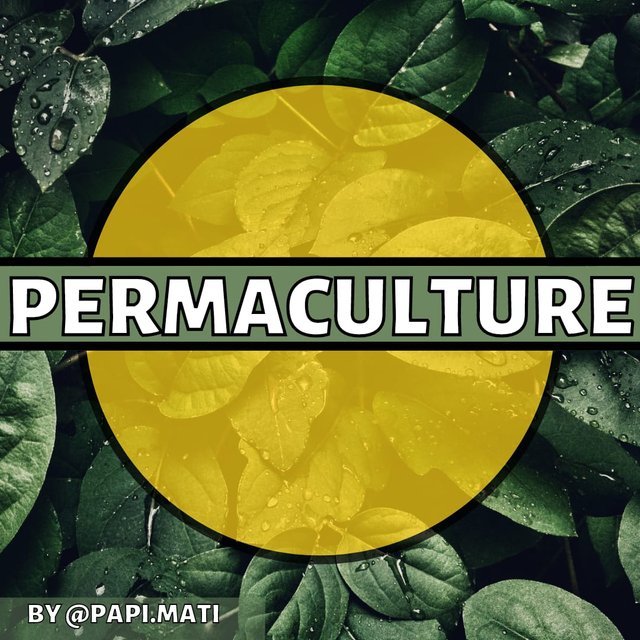
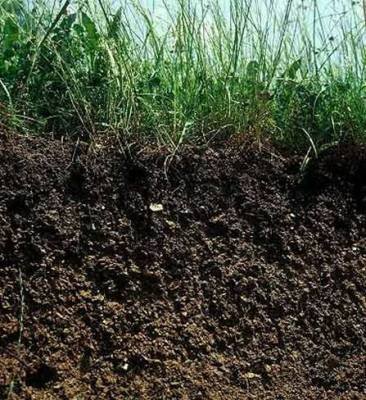
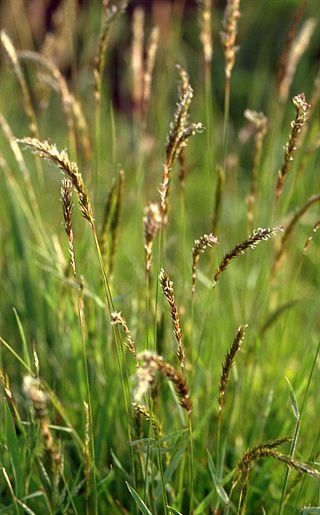
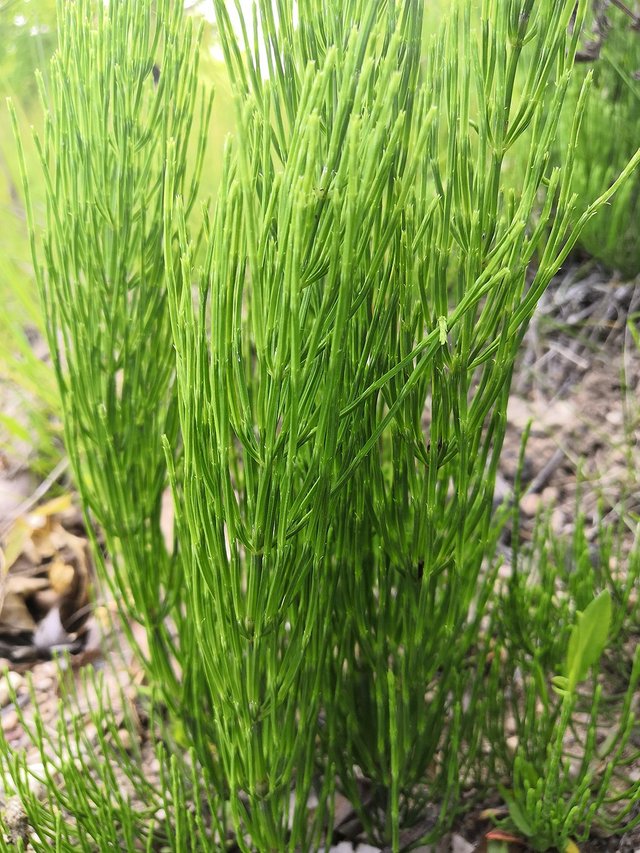
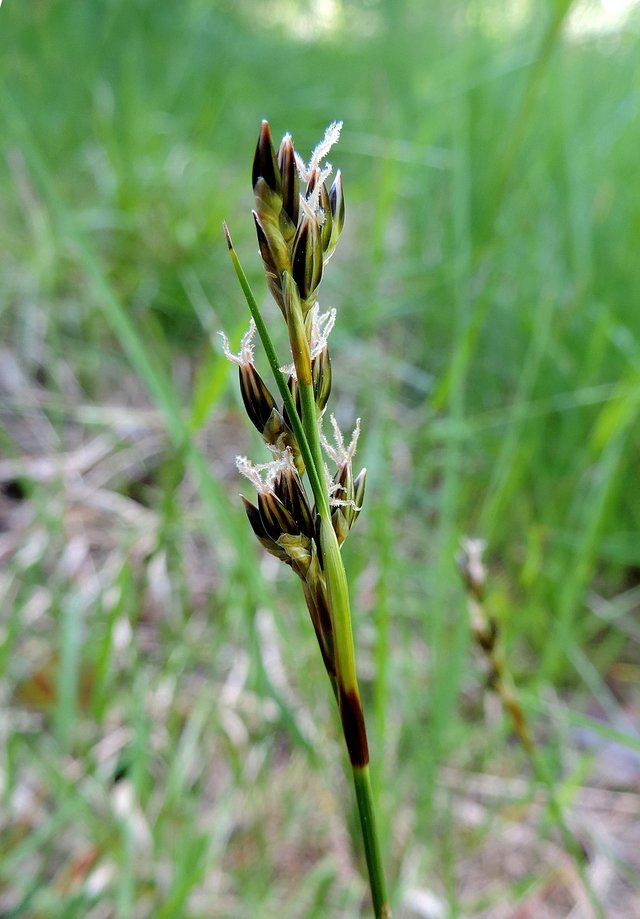
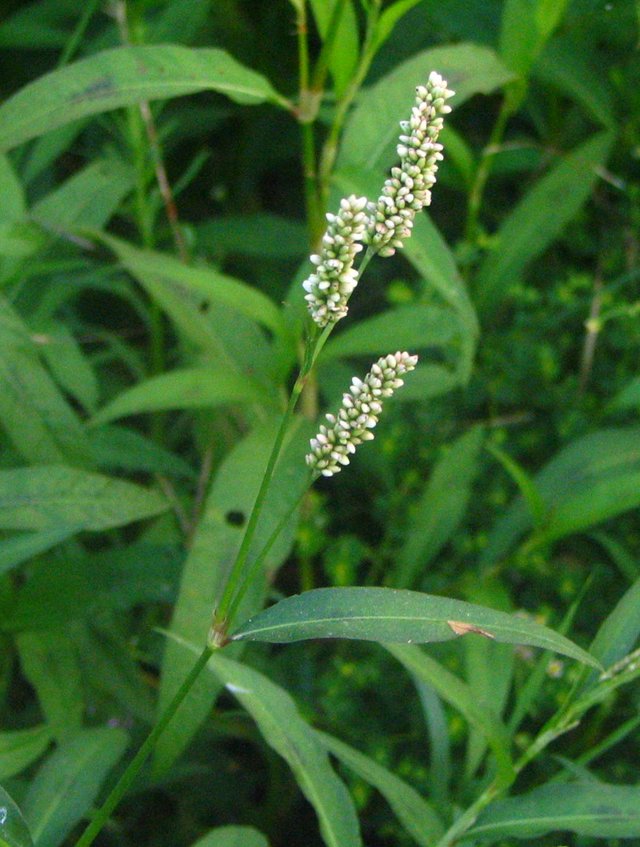
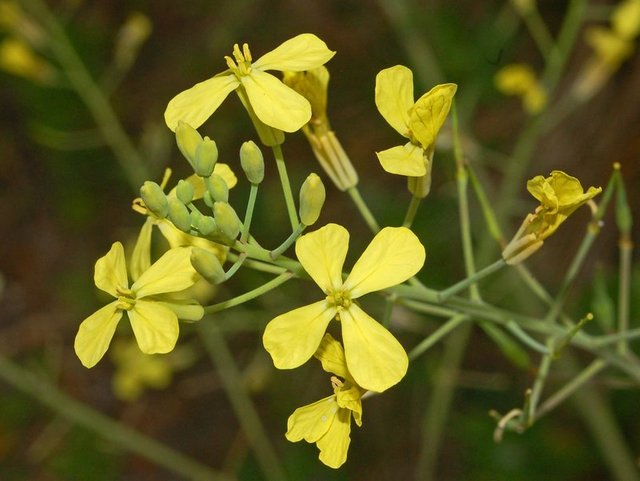
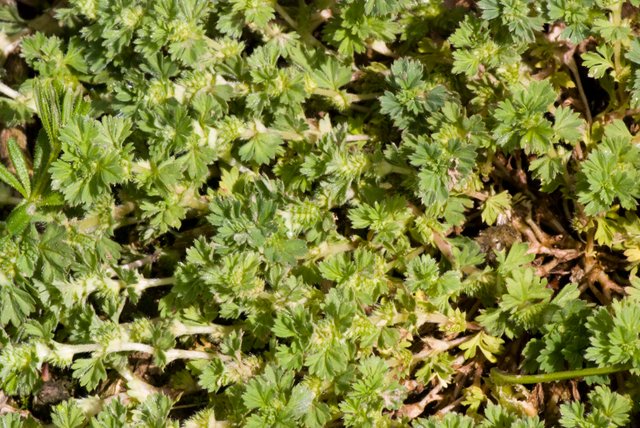
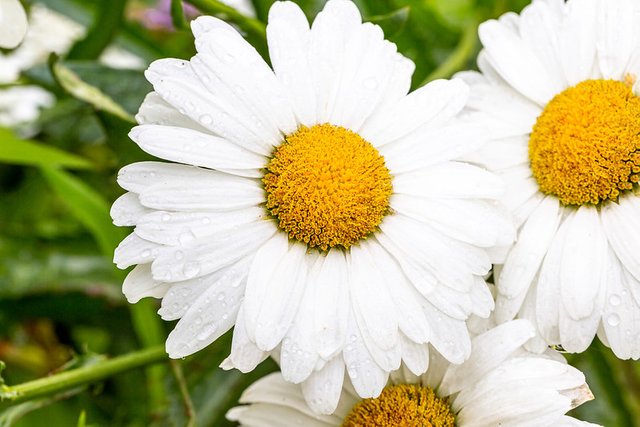
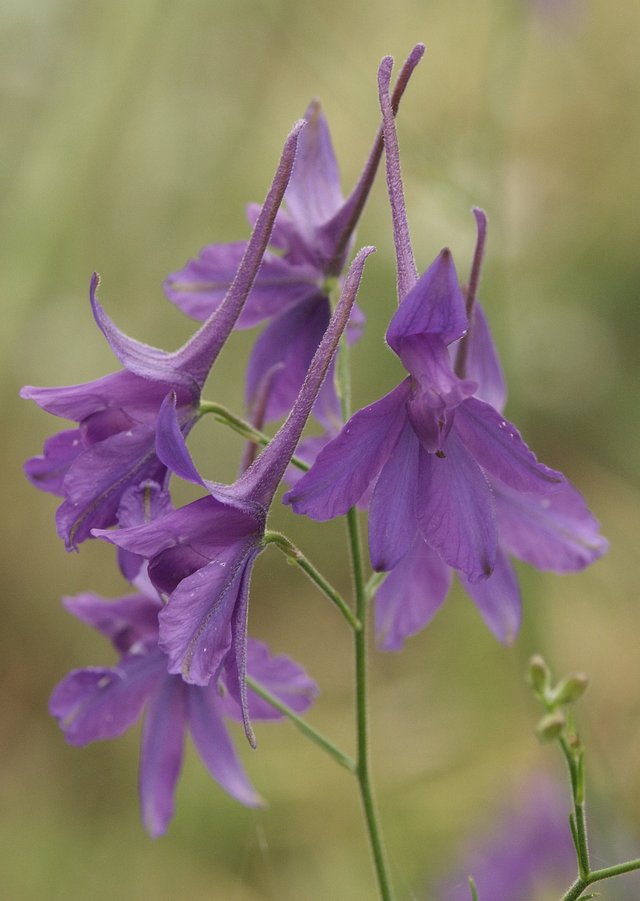
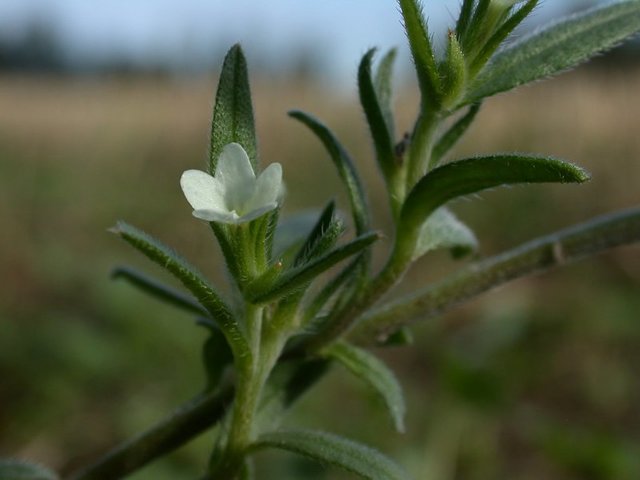
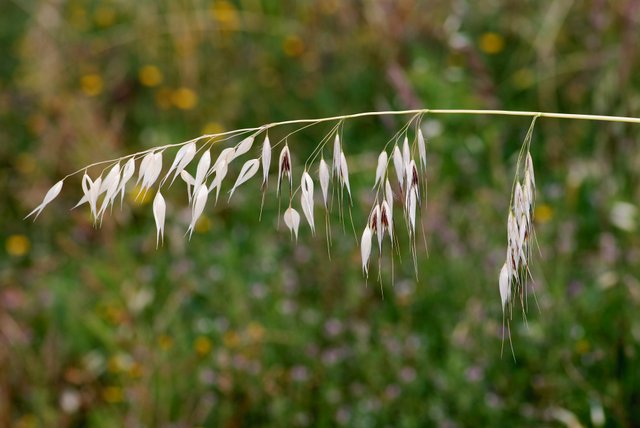
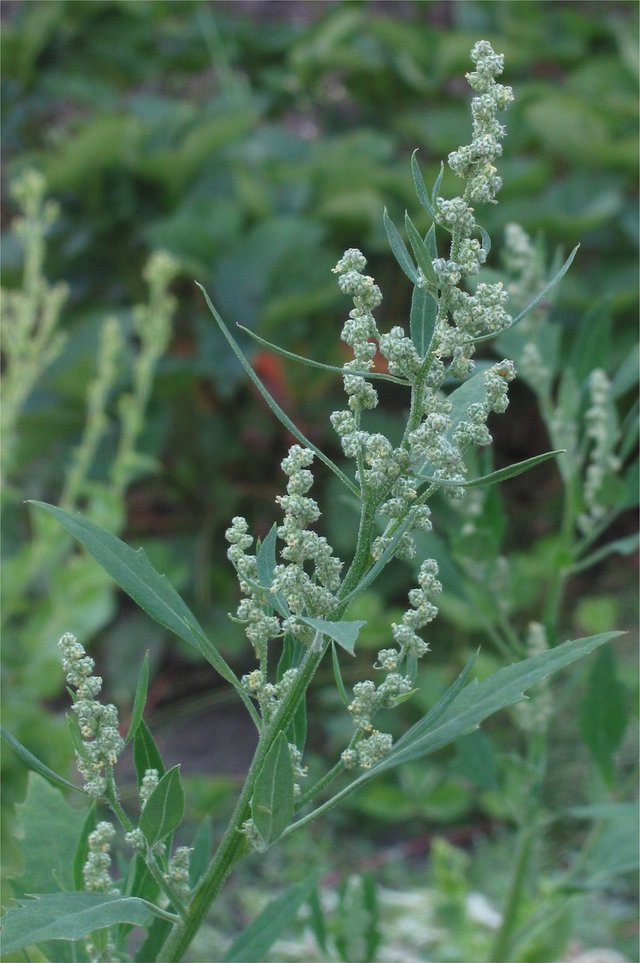
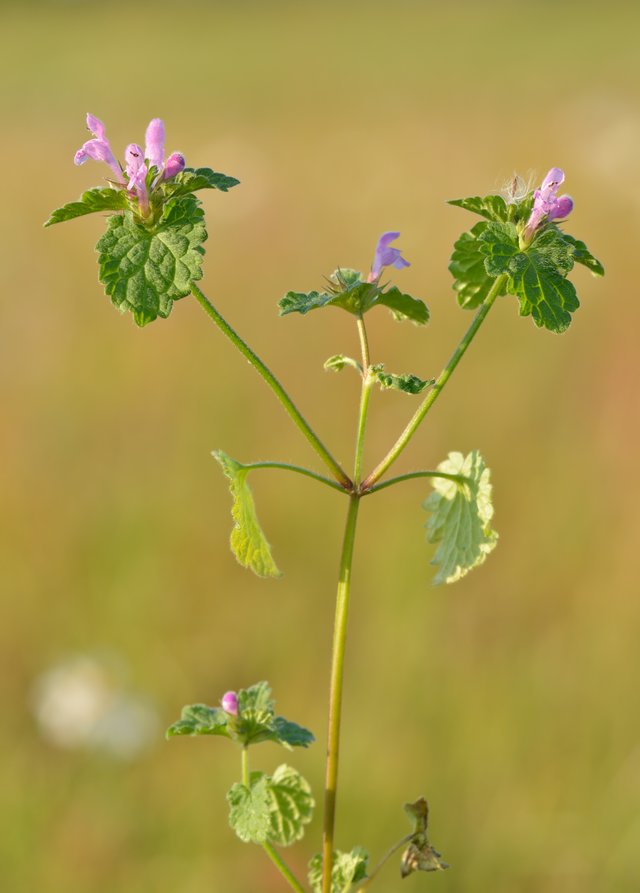
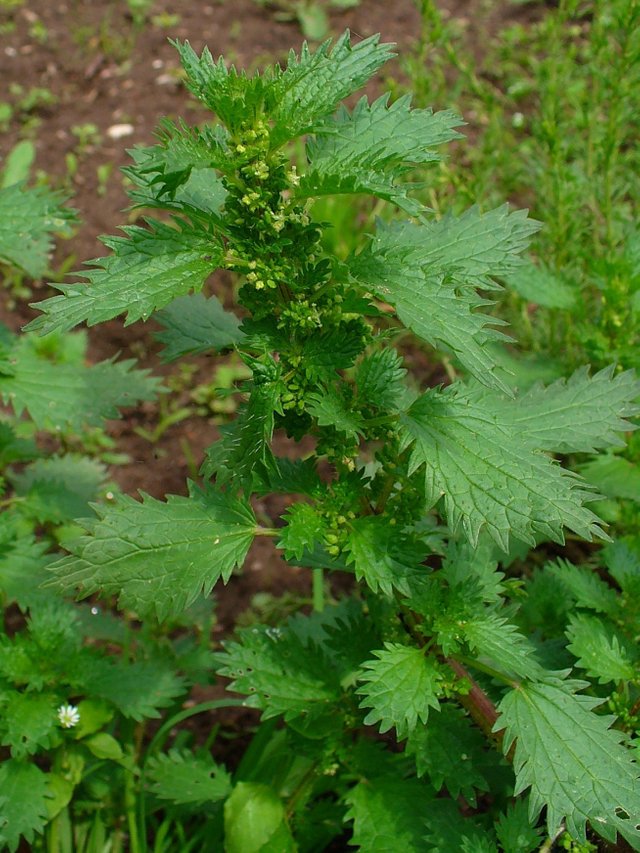
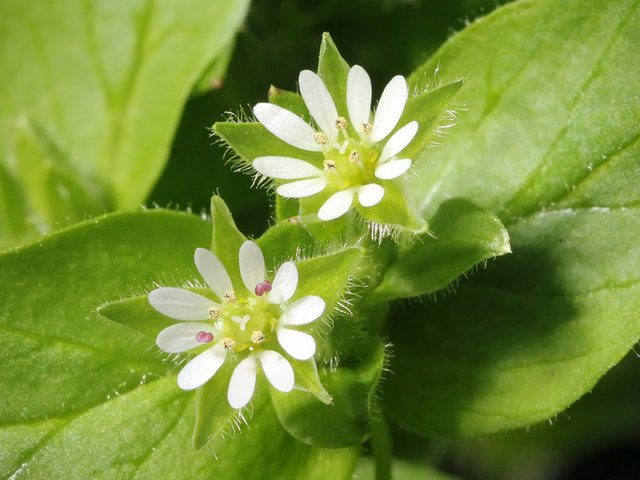
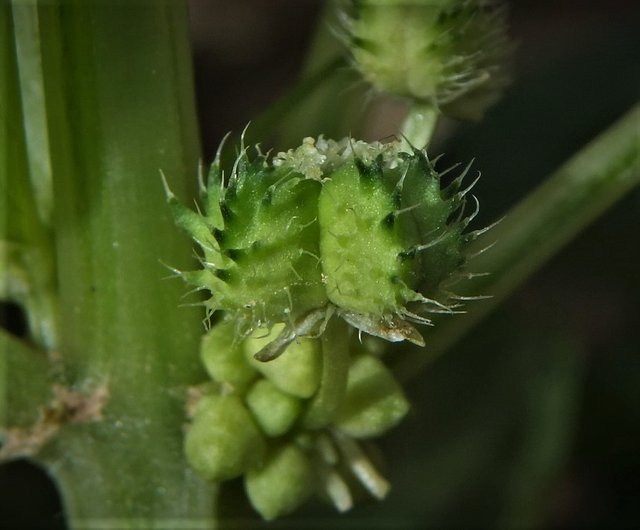
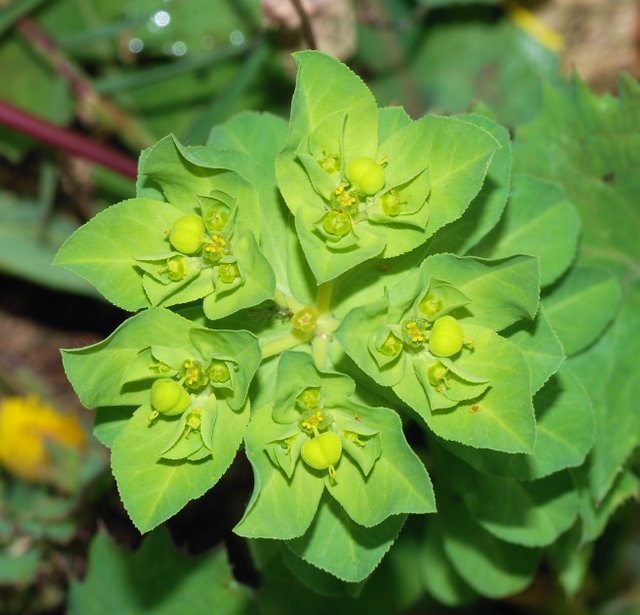
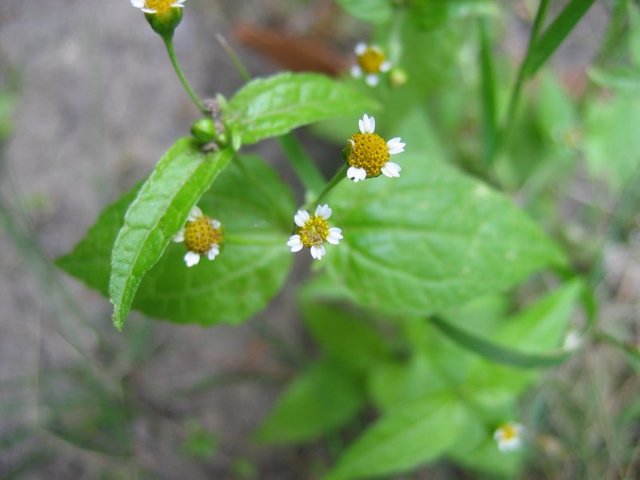
Your lessons are always well presented and explained. Keep up good job!
Thank you :)
Buen contenido! a mi particularmente me gusta más el suelo con humus, ya que las plantas lucen màs bellas!
a very nice guide to growing plants with many examples. thank you!
thank you for the comment